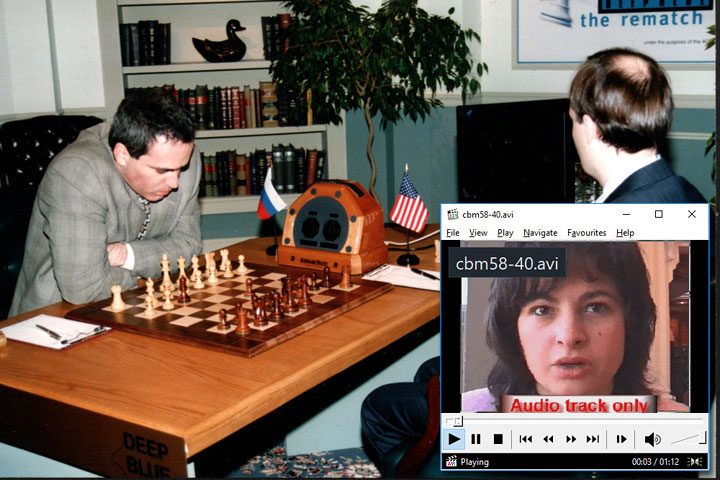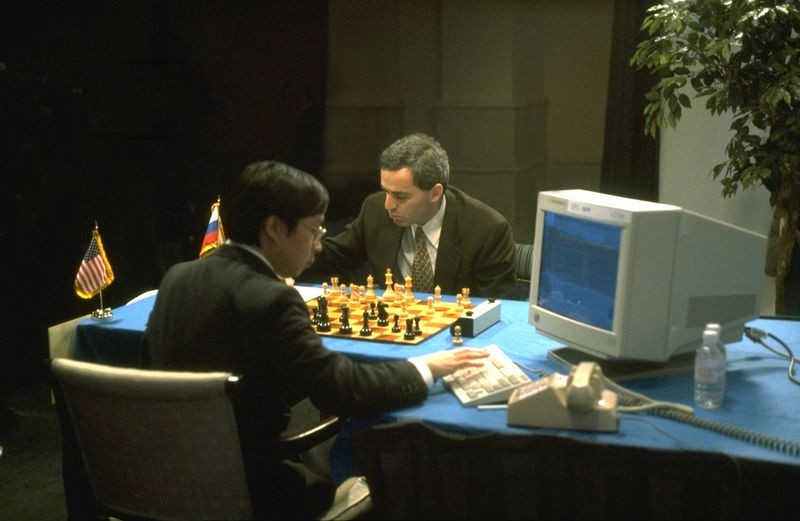
Nobody was surprised that the reigning world champion won. Of the remaining five games, Garry Kasparov won two and three ended in draws. The computer won one game in a six-game match. Everyone thought it remarkable that a computer could play chess with anyone, never mind with a reigning world champion. On 10 February 1996, the reigning chess world champion, Garry Kasparov, won a chess match against Deep Blue. IBM had a contest to come up with a suitable name for their chess computer and the name Deep Blue was the winner.

Randy Moulic and Chung Jen Tan were the team managers.įrom Deep Thought, they developed Deep Blue, using the C programming language and the AIX operating system. Chess players Nick DeFirmian, Miguel Illescas Cordoba, and John Fedorowicz worked on the computer’s chess game. IBM then roped in another programmer, Arthur Joseph Hoane, and their long-time employee, Jerry Brody, to join the team. Thomas Anantharaman joined the company sometime later, but, after a short stint, left IBM to go work on Wall Street. The project caught the attention of IBM and, after Feng-hsiung Hsu and Murray Campbell graduated, the company hired them to develop the Deep Thought project further. From this computer came a more improved version, Deep Thought.

In 1985, three computer science students at Carnegie Mellon University, Feng-hsiung Hsu, Thomas Anantharaman and Murray Campbell, built the chess-playing computer ChipTest. An identical version of the Deep Blue at Computer History Museum, California.


 0 kommentar(er)
0 kommentar(er)
